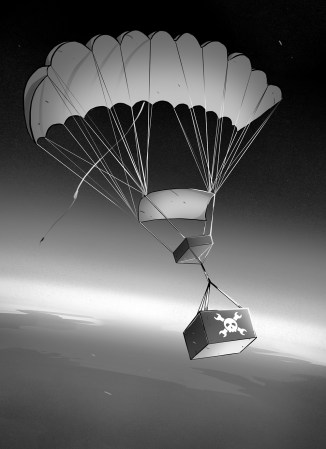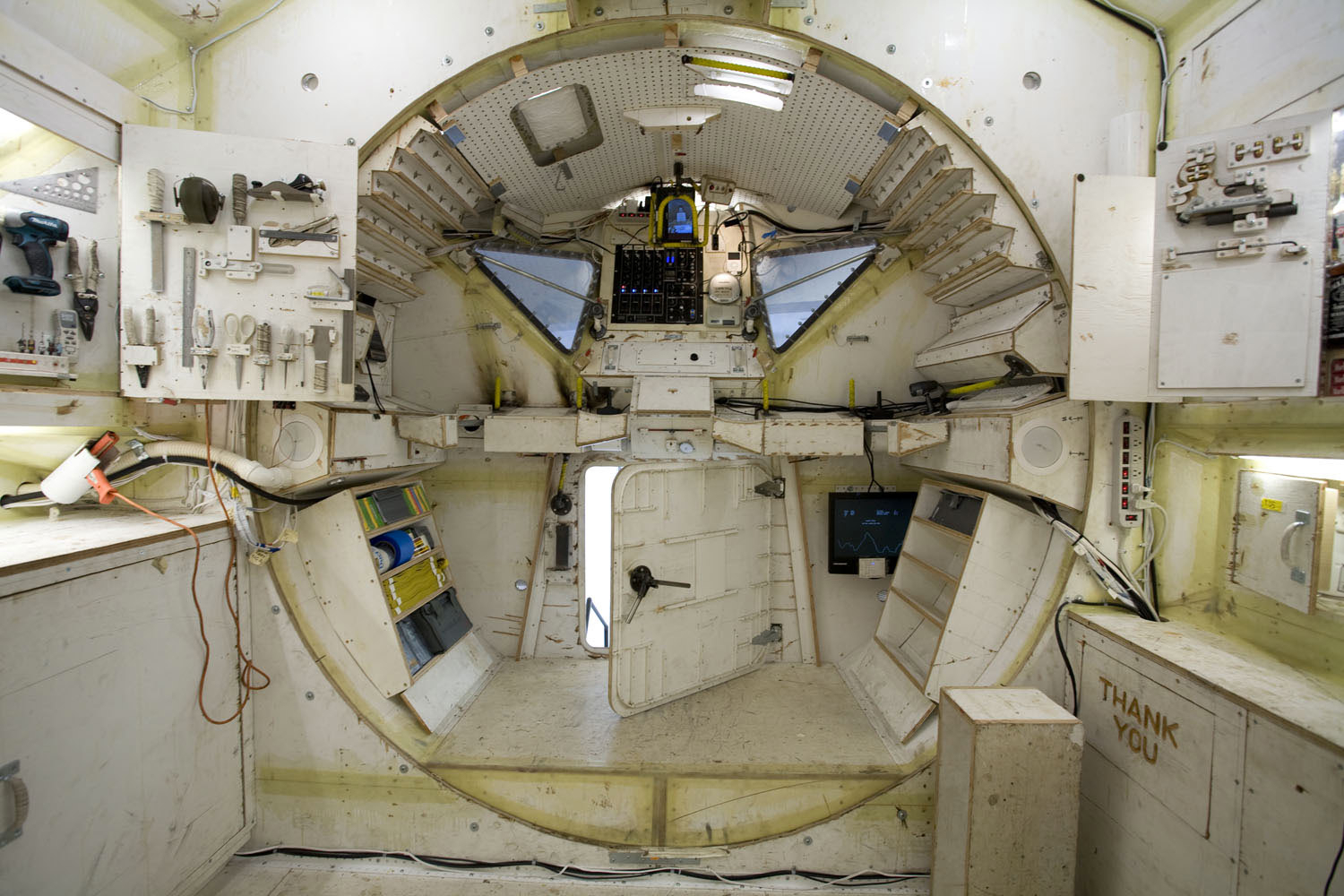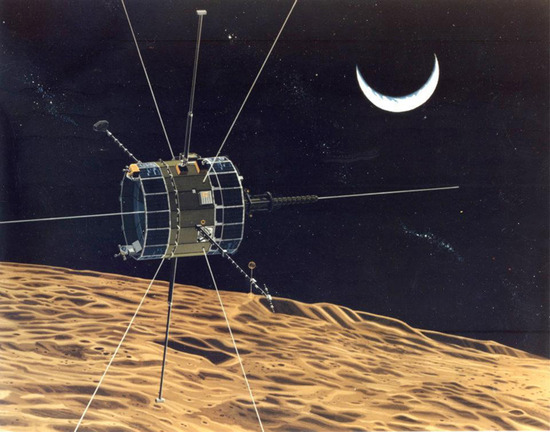
Unless you’ve been living under a high voltage transformer, you’ve probably heard that NASA has grounded the Space Shuttle fleet. This makes getting stuff to and from the International Space Station slightly more difficult. With the growing need to get small experiments back to the surface quickly and safely, NASA is researching an idea they call Small Payload Quick Return, or SPQR (pdf warning). Basically, they toss the experiment out of the window, use drag to slow it down, and then use a High Altitude High Opening (HAHO) self guiding parafoil to steer the thing down to a predefined location on the surface.
Now, what we’re interested in is the self guided parafoil part, as it takes place in known hacker territory – around 100,000 feet. This is the altitude where most high altitude balloon experiments take place. NASA is throwing a bunch of money and brainpower to research this part of the system, but they’re having problems. Lots of problems.
Stick around after the break and see if you can help, and maybe pick up some ideas on how to steer your next High Altitude Balloon project back to the launch pad.
Continue reading “Ask Hackaday: Help NASA With Their High Altitude Problem”


 Both [Tom’s]
Both [Tom’s] 













